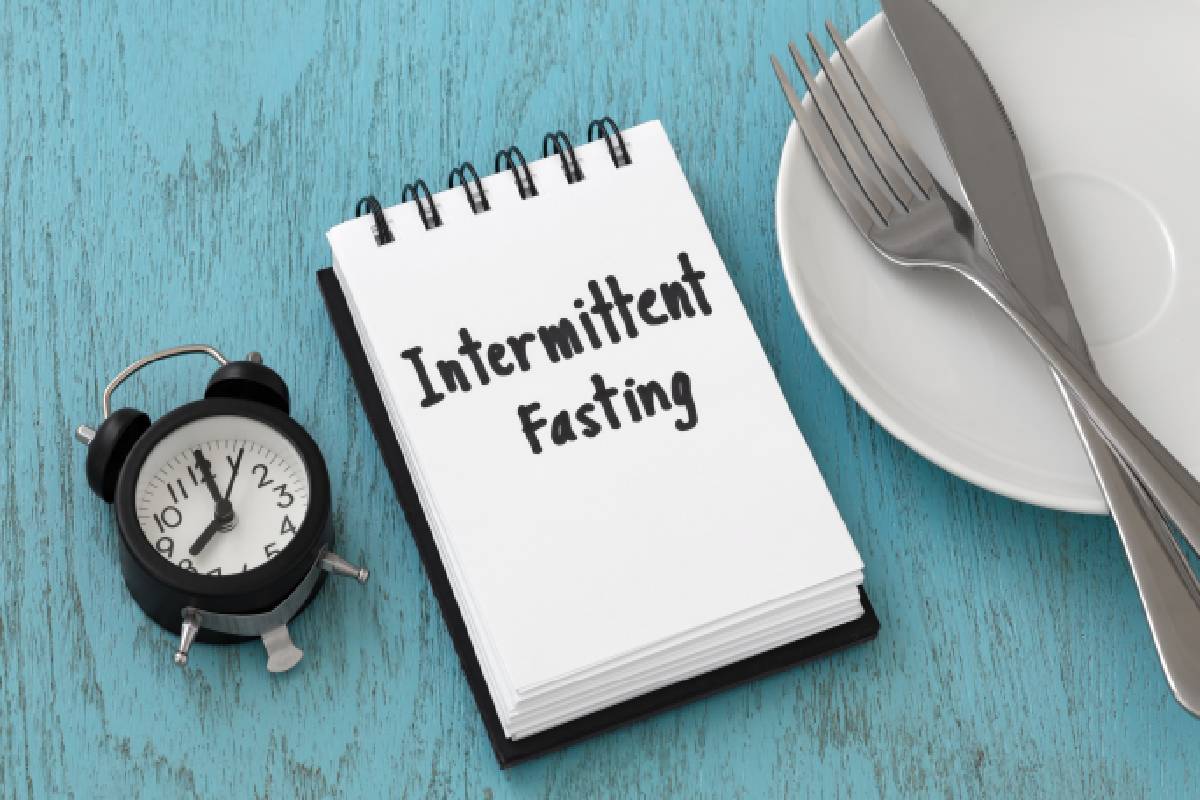

Intermittent fasting is a weight loss diet plan. There are different ways of going about intermittent fasting. There’s no one size fits all way of intermittent fasting. This means that you may have to figure out which style works for you, depending on your lifestyle and how you respond to fasting in general. Below is some information you need to have about how intermittent fasting works.


Table of Contents
The 5:2 diet plan is a style of intermittent fasting where you eat normal healthy portions for 5 days of the week. The other 2 days of the week are the days where you restrict calorie intake to a maximum of 500 – 600. Eliminating days of calorie intake kicks in the process of autophagy, which is how you get to lose the weight that you desire healthily.
Eat stop eat intermittent fasting method is a 24 hour fast to be done once or twice a week. For example, if you fast from Tuesday’s dinner time to Wednesday’s dinner time, you’ll have hit the 24-hour mark. During those hours of fasting, you may drink water and coffee but need to stay clear of solids for the best results. Make sure to eat healthily and not binge on unhealthy snacks during the hours that you can eat. This 24-hour diet plan may be difficult for some to begin with. If you want to go for this style of intermittent fasting, start by fasting for 14 to 16 hours and gradually get to the 24-hour mark.
This type of intermittent fasting means that you go without food every other day. This strategy is not recommended for beginners, as you can go through excessive hunger. Every other day means that there will be nights that you’ll go to bed without having a meal.
The warrior diet means eating small amounts of raw fruits and vegetables during the day, and one big meal in the evening. You have a 4-hour window period of feasting on unprocessed foods. Feasting on unhealthy foods that don’t help your weight loss goal will be counterproductive.
This is an unstructured style of intermittent fasting. You skip meals whenever you don’t feel like eating or cooking. This means that times of eating and fasting will vary from one person to the next. This style, however, is not recommended for people with eating disorders. Make sure that when you feel like eating, you’re not compromising on your high-quality diet. If you eat healthily, you’ll surely enjoy the results of weight loss through intermittent fasting.
The hours that you can eat will either make or break the success of your weight loss endeavor. Drinking at least 8 cups of water is important throughout your fast. The hours that you go without eating means that your body relies on the sugars stored in your liver. This results in dehydration. You must make a conscious effort to keep yourself hydrated for a successful fasting diet.
A common myth when on a diet plan is that carbohydrates must be eliminated. Carbohydrates are crucial for your sustenance; it’s just a matter of what kind of carbohydrates you should consume or avoid. Some foods, such as whole-grain bread, crackers, and bagels, digest easily and give fuel to the body.
High fibre foods such as lentils and raspberries are essential for the wellness of the body. The aim is to lose weight while staying healthy and not to lose any important nutrients. Together with high fibre, protein is essential and comes in forms such as potatoes, humus, and soybeans.
Some like to take supplements to make sure that they’re getting all the required nutrients. If you don’t prefer supplements or you’re looking for a way to make the fasting process enjoyable, consider experimenting with foods by making smoothies.
Before starting intermittent fasting, have a chat with your doctor regarding your overall health and get more information on foods. You should know the foods you can eliminate and those that you should eat. Keep in mind that there’s no universal intermittent style of fasting that works for all individuals. You’ll have to discover what works for you the best. This will depend on varying factors related to your lifestyle. It’s important to remember that the hours that you can feast are the hours that will get you the results you desire. Binge eating on unhealthy and processed foods won’t bring about expected results and make the hours that you were not eating irrelevant.
In the relentless pursuit of entrepreneurial success, it’s easy to overlook the most vital asset—yourself.… Read More
A barrel sauna isn’t just a visually striking wellness addition—it’s an efficient and highly functional… Read More
Technology is an integral part of most teenagers' lives today. While devices and social media… Read More
LASIK is one of the most popular vision correction surgeries that offers you freedom from… Read More
Plumbing issues can arise unexpectedly, and understanding the costs involved is crucial for homeowners and… Read More
Skin aging is often associated with external factors like sun exposure and pollution, but inflammation… Read More